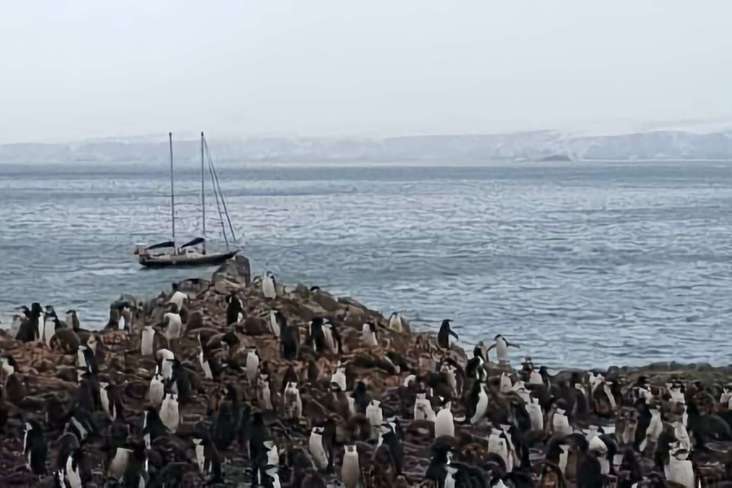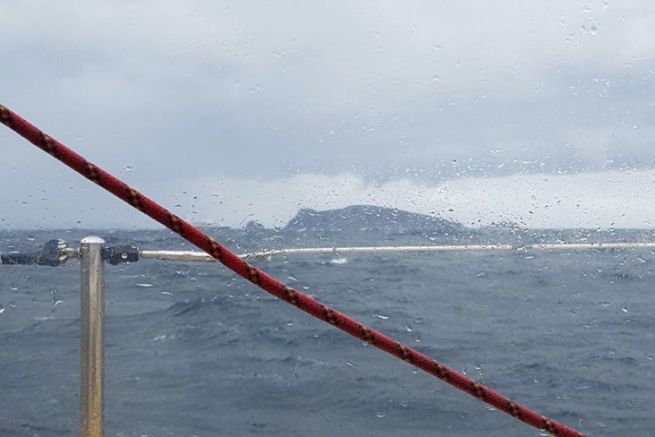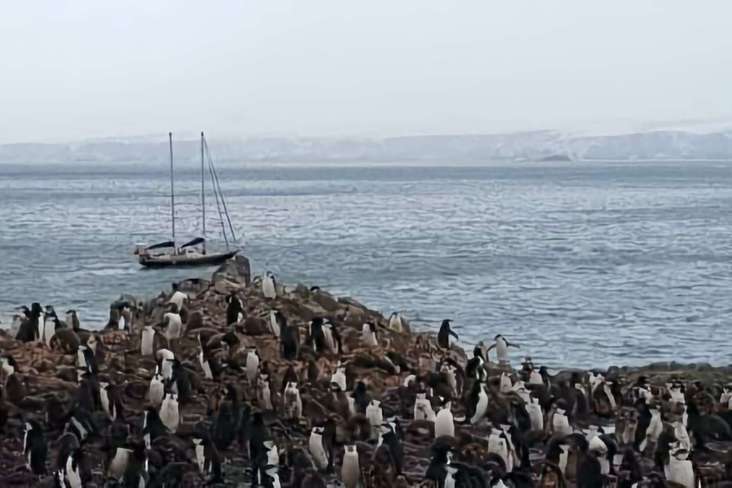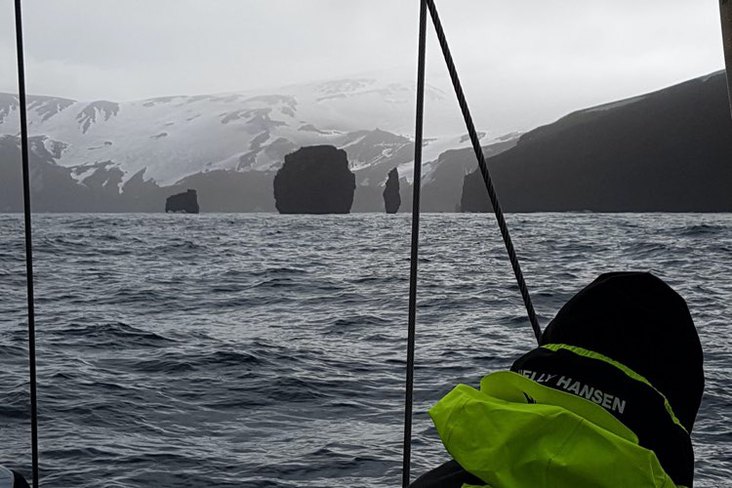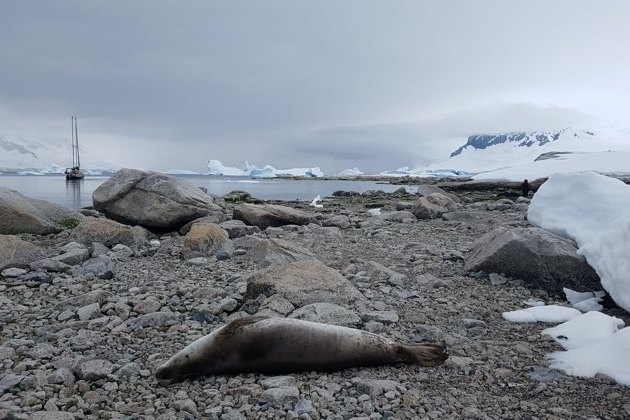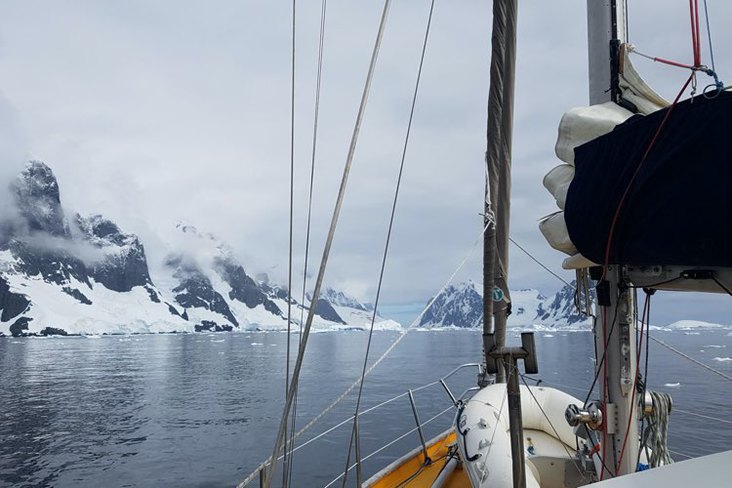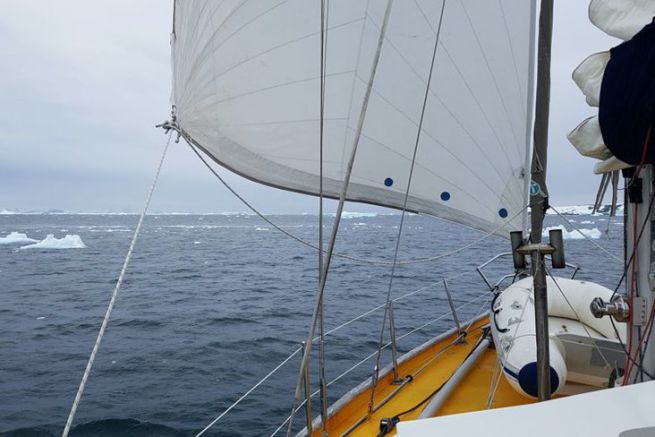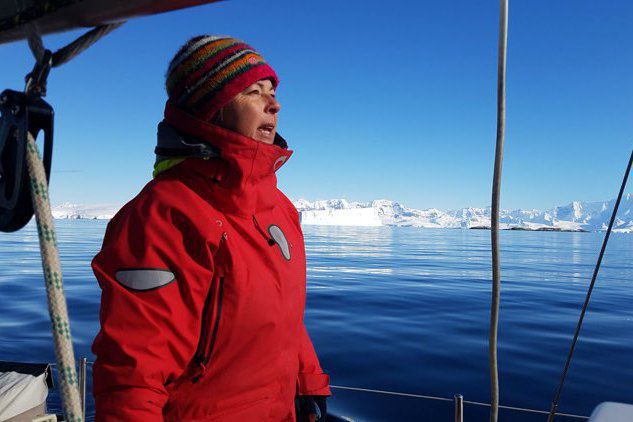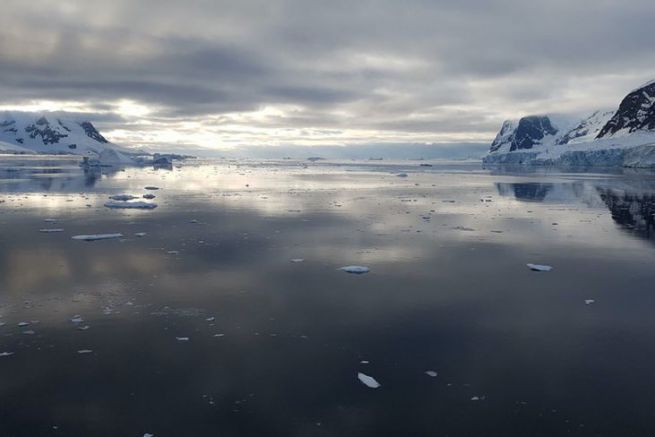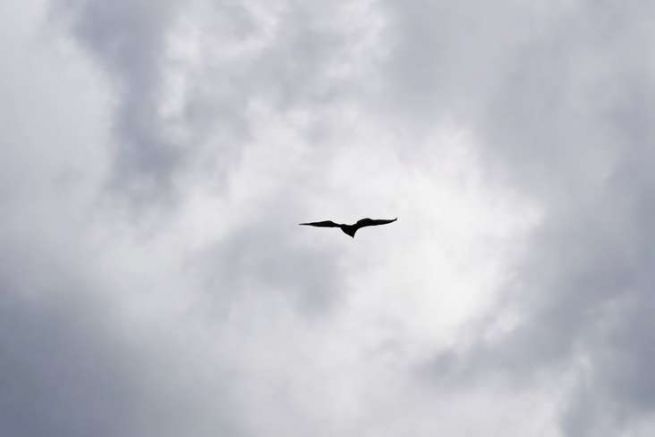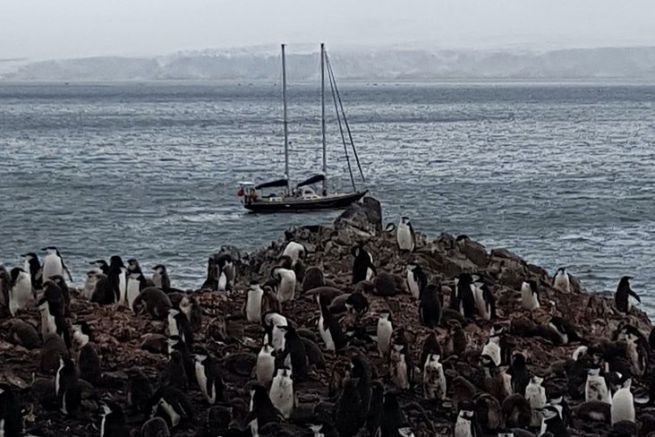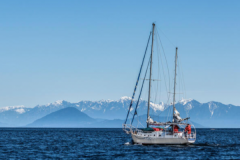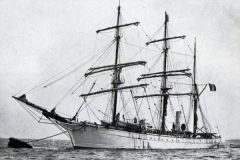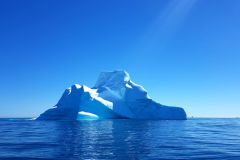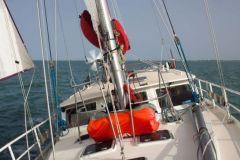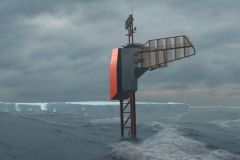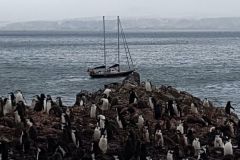After a first attempt to cross the Drake.. (attempt aborted due to weather conditions), the crew set sail again for Antarctica. In this episode 2/8, Dominique continues his account of this decidedly ill-prepared expedition.
Two attempts to cross the Drake
The second attempt to cross the Drake is the right one: we are being violently heckled for 36 hours, with a wind on the beam set at 35 knots, gusting to 40/45 and squalls of over 50 knots (the famous local "chubascos"). A very large side swell rolls the boat side to side and breaks across the deck at regular intervals, completely covering the boat. We all stay in our bunks, except for the lookout crew perched at the top of the companionway, sheltered by the hard top the boat is equipped with. It is very cold and very wet. The powerful autopilot steers admirably, underlining how important it is to oversize this equipment for this area.
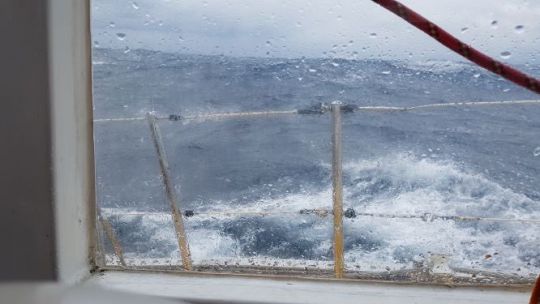
Faulty batteries and generator
On the other hand, the pilot is a very large consumer of energy and the on-board batteries are chronically discharged. In fact, there is no way on board to check their state of charge, other than a simple voltmeter. So every 2 or 3 hours, the captain launches the generator to recharge them, relying on the surface tension indicated by the voltmeter to estimate their charge - which is of course completely misleading.
Worse still: the generator only works as long as a crew member, precariously installed astride it, operates the manual feeding pump, otherwise it defeats itself! According to the information gleaned on board, the problem was already there two years earlier... As for the alternator coupled to the engine, it is equipped with an internal automotive-type regulator, totally unsuited to the needs of the ship. There are solar panels and a large wind turbine on the rear gantry, but nothing seems to work.
After 36 hours, the wind starts to drop (20/25) and its W/WNW orientation gives us ideal sailing conditions. Then it totally disappears, the sea calms down in the process. The absolute rule in the Drake is to take advantage of the slightest lull to move forward before the next low, so we put the engine on...which suddenly stalls.
In the middle of the Drake with no wind and no engine..
Such an event is not uncommon on a boat that has just been violently heckled for several days, as the violent movements suspend the deposits accumulated at the bottom of the diesel tank for some... decades. The remedy is simple: change the filters (primary and secondary), purge the diesel circuit, then restart. So I offer my services to do the operation and ask the captain to give me spare filters... except that there are none on board! When asked when the filters were last changed, the captain replied: "... the last time the filters were changed i don't know, but it's been a long time! "
How do you restart a large diesel engine?
So we're in the middle of the Drake at this point, with no wind and no engine... For all intents and purposes, I'm purging the fuel system, but our engine battery is starting to show signs of exhaustion after our multiple attempts to restart. The incongruity of the on-board electrical system (engine system in 12V and service batteries in 24V), prevents us from using the service battery bank, more consequent, to try to restart.
There is only one option left, a real bright idea from the best boat mechanics and maintenance book I know (Nigel Calder): start the engine with WD-40. The idea is simple: you remove the air filter, and while one crewmember operates the starter, the other injects WD-40 directly into the air intake of the engine. Great... it starts, the engine sucks in diesel... and it doesn't stall! The vacuum gauges on the RACOR filters indicate that the filters are at the limit of saturation, but we have no choice because we have no spare. We have to believe in our lucky stars!
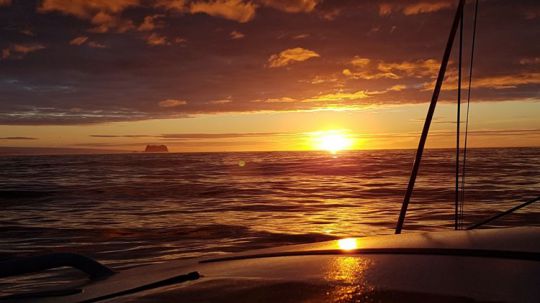
Concern about the general condition of the yacht
This episode is beginning to cause me some concern. Not only does the boat not seem to be ready for this expedition, but having now spent a few hours in the engine compartment, I also very quickly realised that the boat is completely maintenance free. The engine is a block of rust, the bilge is full of transmission oil (the latter is leaking heavily and there was talk of having it repaired before leaving), the rudder lines are probably original, the light tube is leaking,... The fuel system is totally disconcerting. The respective power supplies of the generator, the "day-tank", the heater and the engine are "in series", i.e. if one of these power supplies is operated "upstream", the "downstream" ones don't work anymore !
In short, it's not very encouraging, but we're 120 miles from Boyd Strait which marks the entrance to the Shetlands archipelago and for the moment the engine is working. We'll have to deal with the problems on sight when they arise.
We arrive at daybreak in the Strait of Boyd, welcomed by a blaze of sky and sea that underlines the first tabulars looming a few cables away. The ocean is a lake. The first contact with Antarctica is exceptional.
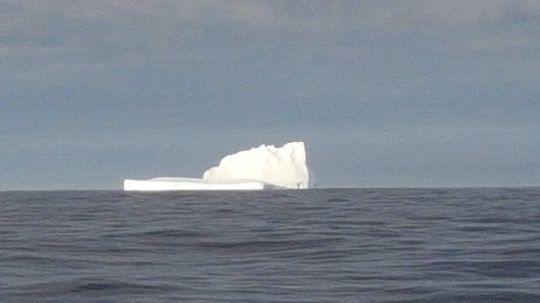
We're going to anchor at Hanna Point, on the island of Livingston. After greeting our first colony of penguins, we retreat on board for a gala meal, soon followed by a deep restorative sleep after the emotions of the last few days.

The Shetland archipelago is only the antechamber of the great white continent. These volcanic islands are a craggy rocky desert with no trace of vegetation. Here and there, a few large piles of snow and ice to remind us that we are already very far south, but the dominant colours are still the brown of the rocks and the ultramarine blue of the ocean, dotted with the whiteness of drifting icebergs. The "great white" of the peninsula is yet to come.
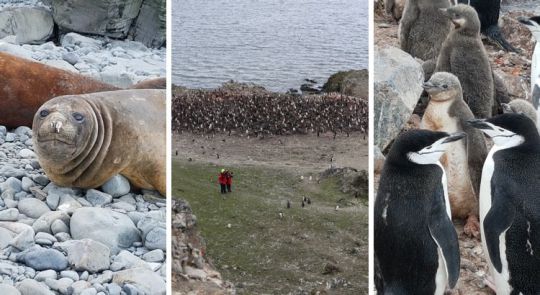
To be continued..
